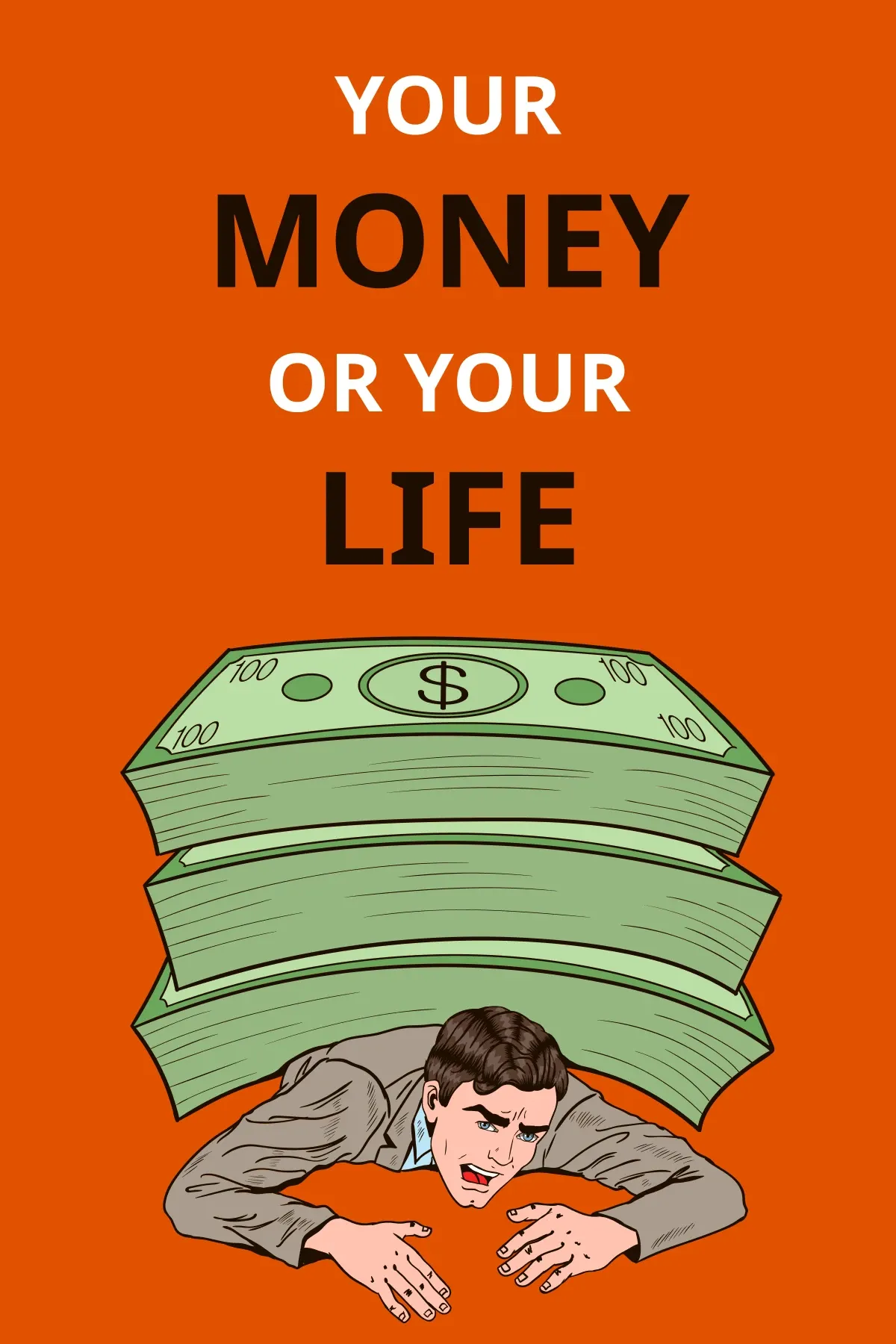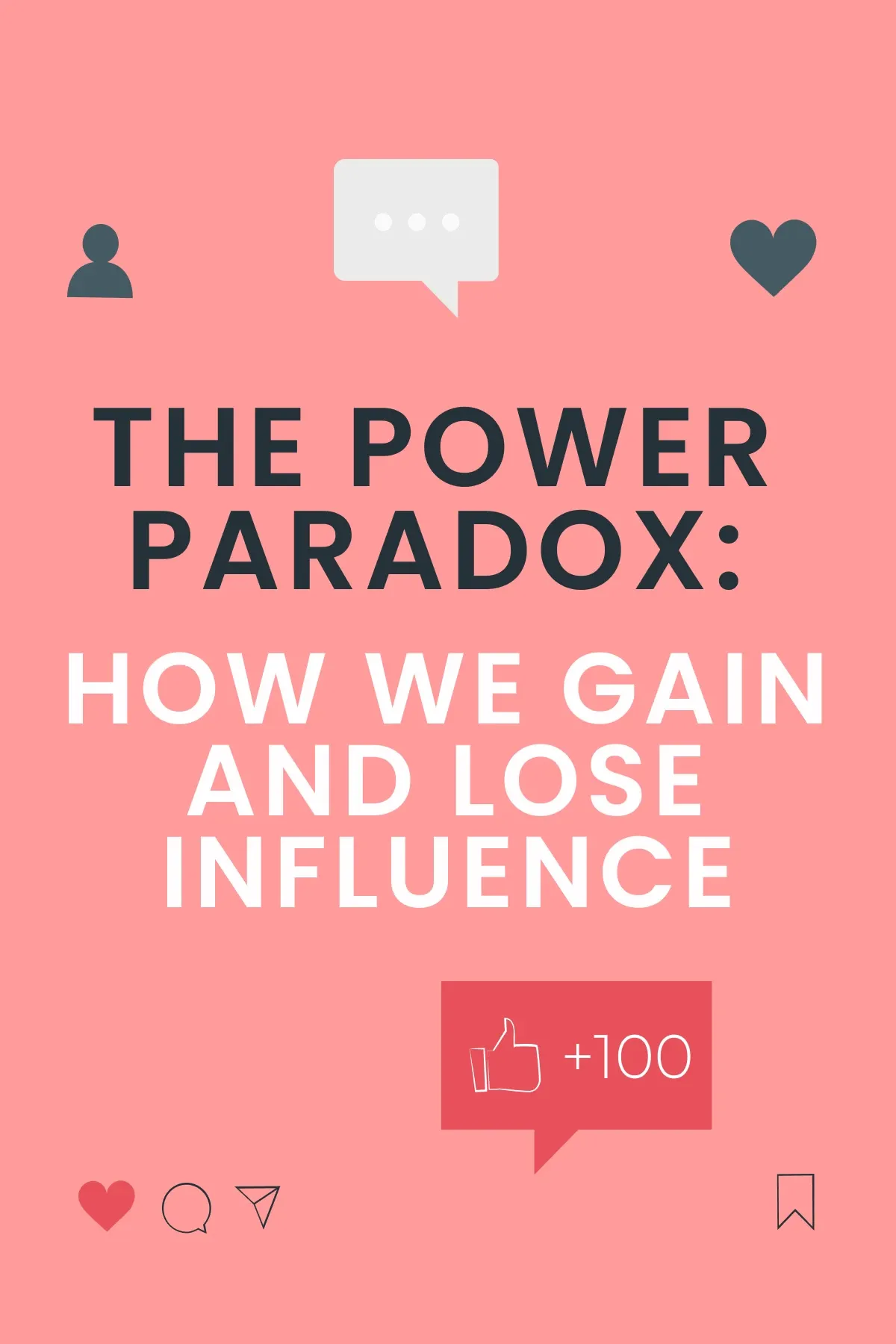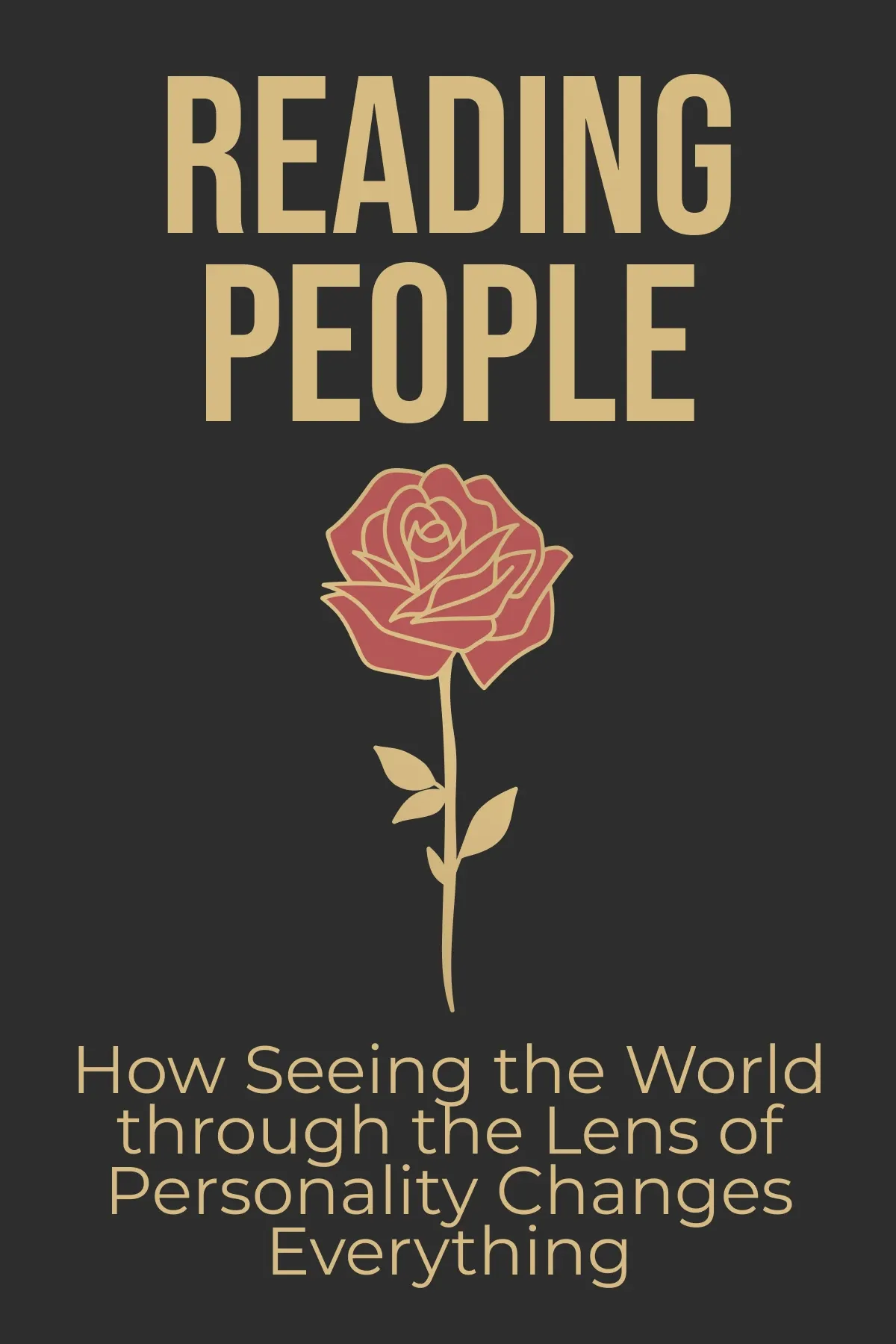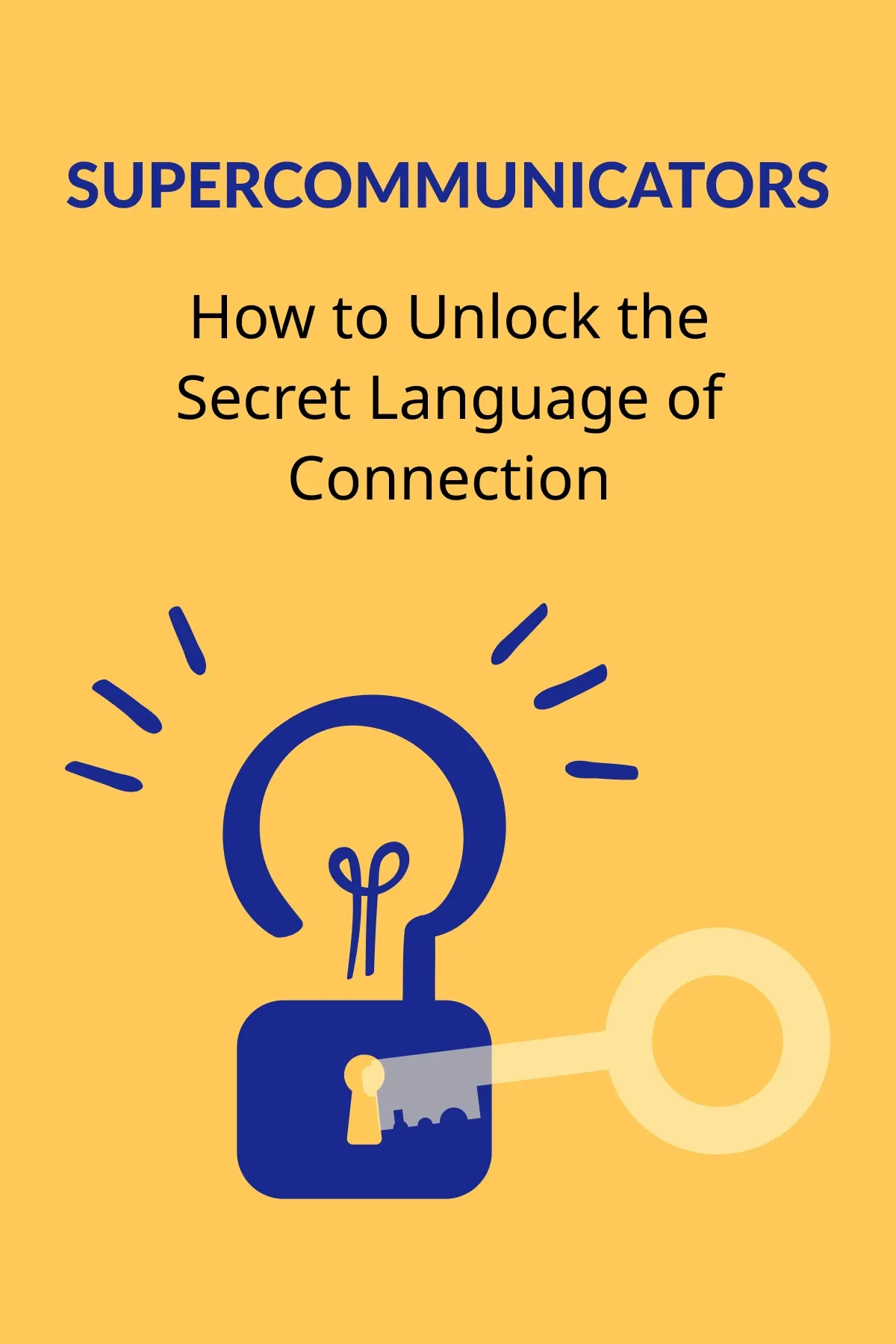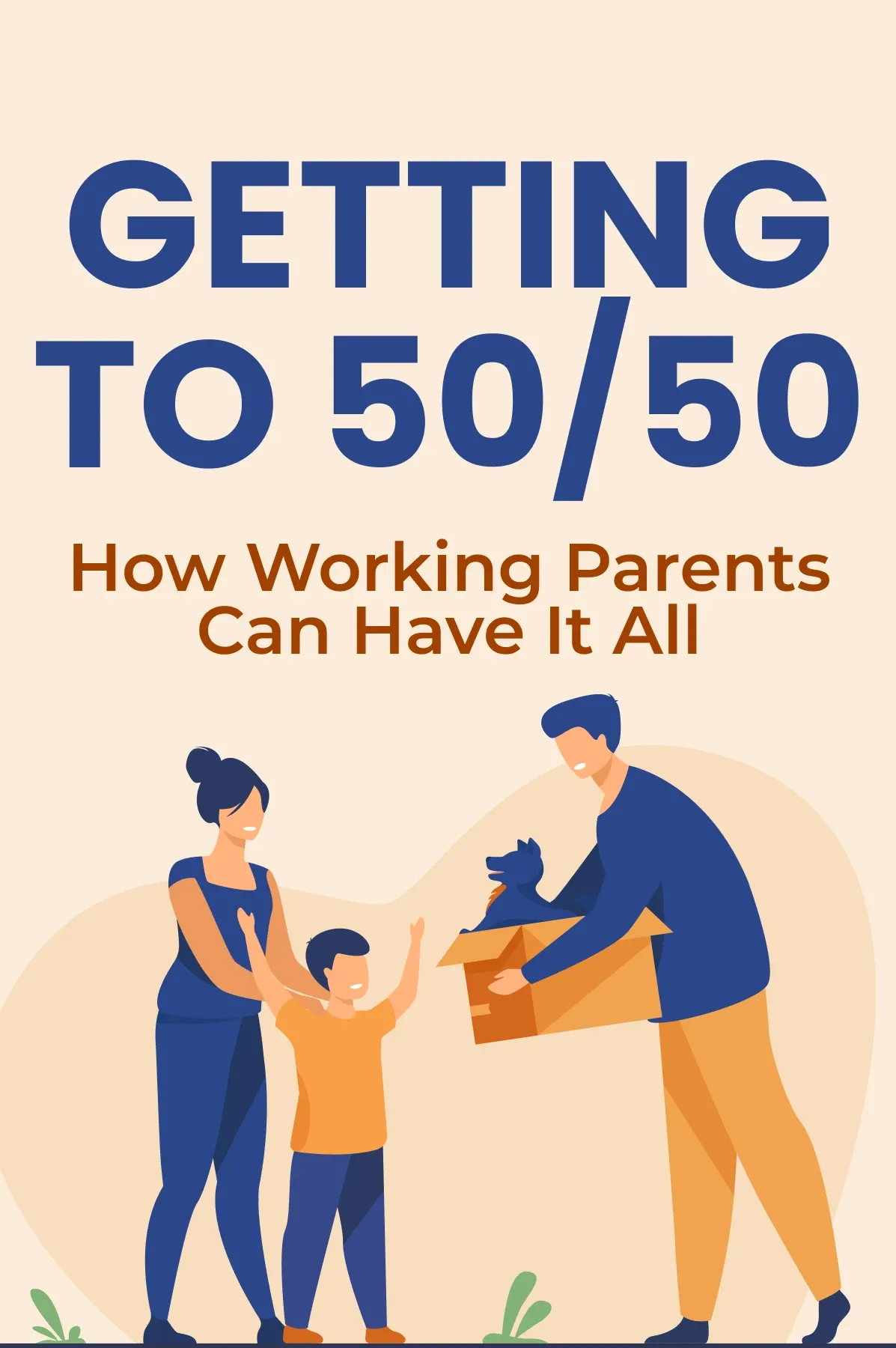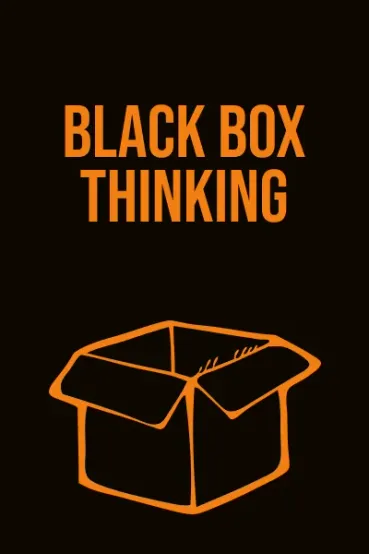
Black Box Thinking
Brief Summary
“Black Box Thinking” by Matthew Syed explores the powerful concept of learning from failure, drawing parallels with aviation's black box system. The author highlights that a mistake is not the end of the world but rather an opportunity. Syed explains numerous strategies that can help us embrace failure and improve consistently.
Topics
Key points
Key idea 1 of 9
People view failure in two ways: resistance and acceptance. The initial reaction to failure for most individuals often involves denial. But what's at the heart of this resistance to admitting failure? It can be traced back to a psychological phenomenon called *cognitive dissonance*.
Social psychologist Leon Festinger first introduced the theory of cognitive dissonance. It arises when an individual's actions and beliefs are in conflict. As a result, many people experience a state of discomfort. In these situations, most of us try to make ourselves feel better by changing how we act or what we believe to match up. This occurs because anything threatening an individual's self-esteem can trigger cognitive dissonance. This phenomenon sheds light on why people often resist accepting failure.
Festinger developed his theory of cognitive dissonance by observing the behavior of a cult. A group he studied fervently believed in a godlike figure from another planet. It prophesized the end of the world, expecting salvation by aliens. However, when the prophesized doomsday failed to materialize, the cult members didn't respond with anger or doubt toward their leader. Instead, they experienced a sense of pride and happiness.
They believed that their unwavering faith had saved the world. Thus, they rationalized the failure by suggesting that the godlike figure spared the planet due to their faith. Festinger used the lens of cognitive dissonance to explain this behavior that might seem irrational.
When people's beliefs face challenges, they frequently experience internal discomfort. Faced with this discomfort, people have two choices. One option is to admit they were wrong, which would require them to concede they made an error in judgment. Many refuse to do this because they perceive themselves as rational and intelligent. These people end up opting for the second choice: denying their mistake.
In the case of the cult members, the high personal costs they had incurred only made them more determined to deny their errors. They asserted that they had saved the world to protect their self-esteem and continued to seek evidence supporting their beliefs.
We can draw a conclusion here that cognitive dissonance serves as a psychological defense mechanism that shields individuals from the discomfort of acknowledging their failures and mistakes.
You may also like these summaries


